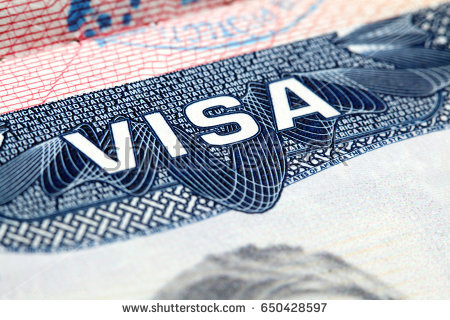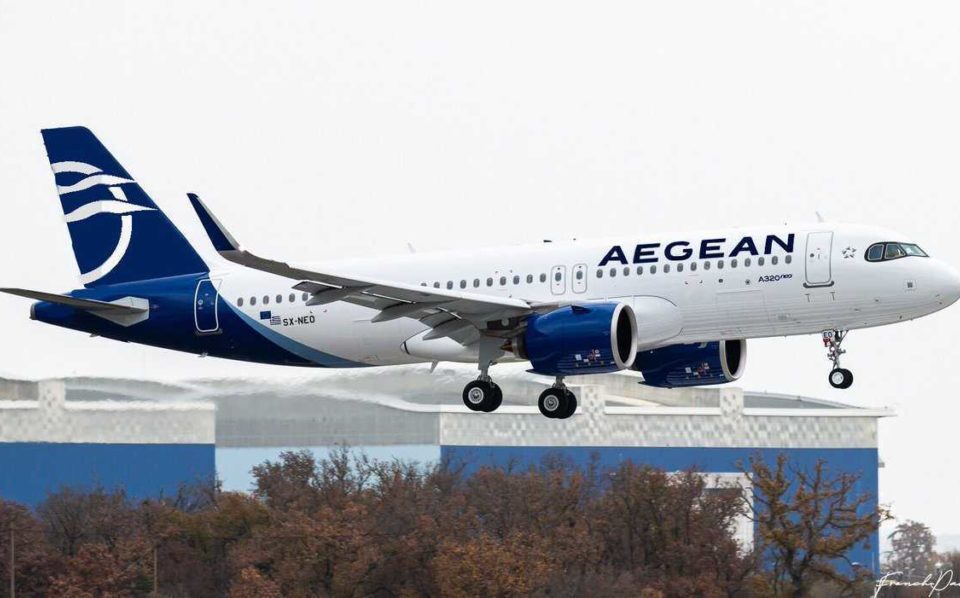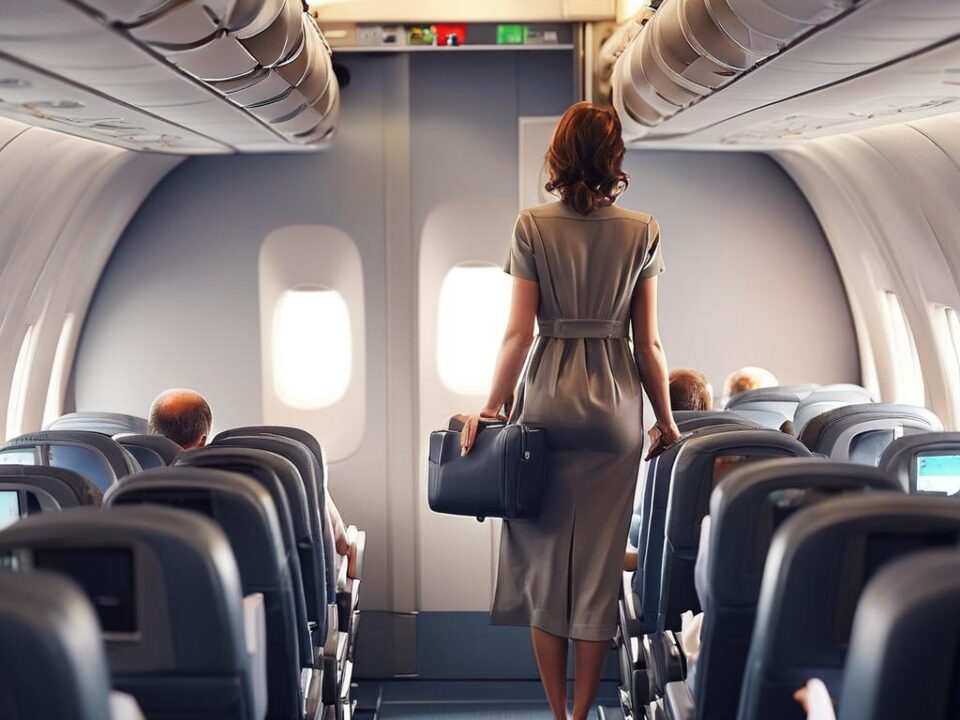
Flight and cabin crew play an essential role in international business aviation. |
Therefore allowing them to travel around the world at short notice with flexible entry and visa requirements is crucial for the functioning and growth of business aviation.
However, visa requirements for crew not only vary from one country to another, but sometimes from one airport to another in the same country.
To make things even more complicated, these requirements and regulations also differ depending on crew nationality, as some countries treat crews from different countries in different ways. It’s therefore essential to check crew visa requirements in advance of each trip
In this brief we’re going to highlight the main methods used in dealing with foreign crew visas – allowing crews, schedulers and dispatchers to ask the right questions, to plan properly, and to perform their trip successfully
General Declaration
Most countries allow entry to foreign crews without a pre-arranged visa, provided the crew are listed in the General Declaration of the flight (GD), are in crew uniform and are holding appropriate photo identification (card/badge).
Entry passes based on the GD are temporary and in most countries are limited to a maximum of 72 hours – although this can be maximised to 7 or 10 days depending on the country. While extending the period of this pass is easy in some countries, others can be complicated, so if the aircraft is planning so stay longer than the entry pass period, the crew should obtain a visa for that country.
Based on GD, Saudi Arabia gives crew an entry pass of 24, 48 or 72 hours maximum. They may agree to renew it for another 72 hours (maximum) at the discretion of Saudi immigration. Overstay will subject the crew to financial penalties and maybe some harder measures, besides a possibility of a ban on entering the country in the future.
Visa required
In many countries however, the General Declaration is not enough. Iran, India, Russia, China and others, require a visa prior to arrival.
There are different methods through which the visa is secured:
- Visa upon Arrival: Depending on nationality, many countries that impose visas on crew will issue them upon arrival – on presentation of passport and payment of the visa fee. Russia allows Visa upon Arrival at certain airports in the Moscow region only (UUEE, UUWW, UUDD) whilst it is not possible at others. Russian immigration collects a fine from crew arriving without a visa though.
- Pre-arranged Visa upon Arrival: Some countries allow crew to get a Visa upon Arrival provided that passport copies are sent in advance to the local handler who makes an application to the immigration authority. The crew will then collect the visa upon arrival at the airport. Iran follows this method. China also permits crew to secure visa upon arrival (at ZSSS and ZSPD) provided the crew sends copies of all their passport pages (even empty ones) in advance to the local handler for submission.
- Visa in Consulate: In instances where Visa upon Arrival is not possible, the crew must apply to the appropriate country’s Consulate in their country of citizenship or country of residence.
- Invitation Letter: Some consulates won’t accept a crew application without an Invitation Letter (i.e. from a local company in the intended country). Whilst handlers in Russia and China can send these letters, it’s not possible for handlers in India to submit likewise.
Crew on commercial flights
Flight and cabin crew may arrive as passengers on commercial flights to catch their duty flight, or they might arrive as on-duty crew, then leave the country as commercial passengers.
While the process is easy in some countries (like UAE) where crew will be cleared through immigration on GD and use the same GD to depart the country on commercial aircraft, others – like Saudi Arabia – will hold the passport at Immigration upon arrival. Thus crews should coordinate with the local handler to get the passport back from the general aviation terminal before proceeding to the commercial terminal for their return commercial flights.
Who are the crew?
With regard to the visa treatment, all flight and cabin crew are considered ‘crew’ by most nations of the world.
Brazil however has a different opinion. Cockpit crew – Pilot in Command (PIC) and Second in Command (SIC) co-pilot – do not need a visa, provided they bring their original/most recent license and medical certificates with them. The Brazilian Federal Policy Authority will issue them a special entry pass upon arrival which is valid up to 10 days. Cabin crew, like flight attendants and even flight engineers are not recognized as ‘crew’ but passengers, thus they need visa prior to arriving to Brazil, depending on their nationality.
Other special considerations
Most countries return the crews’ passports immediately after allowing them entry. However, some countries, like Saudi Arabia, keep them under immigration custody and hand them back upon departure from the country.
Countries vary as to whether they stamp the crew passport or not. Some only stamp the GD, whilst others stamp the passport.
In the countries that require pre-arranged visas – such as India – the crew might be allowed to arrive in the country without a visa, providing they don’t leave the airport ramp.
Visa regulations change frequently. Therefore having an international trip planning and flight support provider, with global reach and relationships with immigration authorities around the world, is essential for aircraft operators and their crews to pass through immigration smoothly, swiftly and with no hurdles.
source: blueskynews.aero




